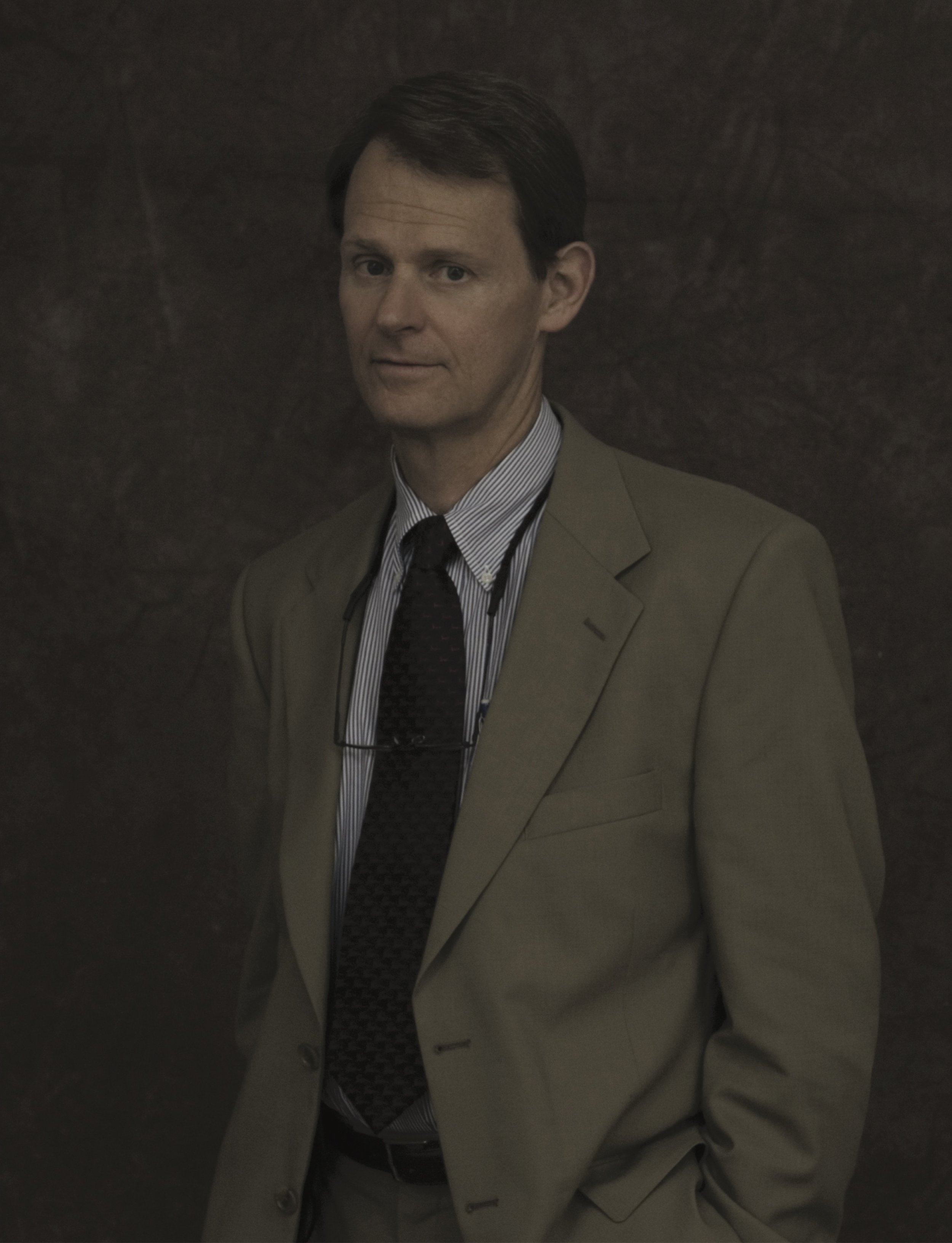when you see it: dr. l nelson “nick” hopkins
What if I told you that inside a small community hospital in Buffalo, New York, known as Millard Fillmore Gates Circle Hospital, one man would change stroke care globally, forever?
That man was L. Nelson “Nick” Hopkins, the now world-famous neurosurgeon, prescient enough some 25 years ago to believe that we could access and treat diseases of the brain from the inside out, using blood vessels as highways to the brain. “If cardiologists can treat heart attacks with balloons and stents,” he imagined, “we can and will do the same for stroke.”
I left the Mecca of neurosurgery at the University of Pittsburgh Medical Center in 2001 to study as a fellow under Nick at the University at Buffalo. I’ve heard the phrase, “You ain’t gotta know nothin’ about nothin’, but you know it when you see it” just once, but I use it often now, and I believe it, because in Dr. Nick Hopkins I knew it when I saw it–greatness, and the grit to change the world.
Nick was all but a pariah then, challenging the dogma of neurosurgery as a highly complex technical surgical art in which masters opened skulls, navigated manually with proficiency and minimal trepidation toward ailments in the depths of the brain.
In my time as a fellow, I published articles with Nick about novel techniques and technologies, new devices advanced through the serpiginous vessels of the brain, targeting the sinister brain diseases, aneurysms, blood clots.
Early in my tenure with him, Nick sent me off to a national meeting where I presented some of our newest breakthrough stroke research. I basked in the first moments after what I was sure would be a well-received summary of our work, awaiting praise from the titans of my field. Instead, I was swiftly and harshly admonished by an internationally renowned senior colleague: “If I had a tomato, I would throw it in your face,” the man exclaimed.
I returned to Buffalo dejected, determined to give up on finding a cure for stroke; but Nick Hopkins was not swayed. He pulled me aside and said, “If the reaction wasn’t visceral, we aren’t doing anything worthwhile.” As quickly as I’d lost my drive, Nick reignited it. I found myself newly emboldened, hardened, in my resolve.
For nearly a decade and a half after that, we published with relentless focus until finally, in 2015, we published our international trial in the prestigious New England Journal of Medicine. Known to the world as SWIFT PRIME, the trial helped to prove with certainty that it was possible to safely open blocked vessels in the brain, reversing strokes in evolution.
We, alongside other brave investigators willing to resist an establishment and pursue innovative new approaches to neurosurgery, took what might once have been science fiction and made it science, creating a paradigm shift in the field. Patients today and into the future, in perpetuity, have access to life saving technologies that can reopen the blocked brain vessels that cause disabling and fatal strokes.
m. dellas
For all of us, there are moments that remain frozen in our memories.
My moment is this: Summer, 2001. I am in an outdated procedure room in a humble but well-loved community hospital on the outskirts of downtown Buffalo. Nick Hopkins is aiming his piercing blue eyes at me. We’ve just lost a stroke patient. But still those eyes are filled with conviction, telling me wordlessly that he is on the tumultuous quest for an intervention that will give stroke patients around the world the chance at a different fate than the one our patient today met. He is inviting me to join him, and I am accepting the invitation.
With our 2015 trial, we reached the culmination of that quest. Along the way, we championed technologies and innovative care around brain aneurysm and tumor therapy. We traversed the world to share our knowledge and to elevate standards of care.
Nick will be remembered as the father of minimally invasive vascular brain surgery. And through his many disciples, among whom I count myself, his teachings will without a doubt continue to propel the evolution of neurosurgical care.
I cannot in writing adequately convey all that Nick has gifted the neurosurgical community and the patients we serve.
What I can do is repeat: You ain’t gotta know nothin’ about nothin’, but you know it when you see it. And I can say that if I know nothing else, I know with absolute certainty that to be in the presence of Dr. Nick Hopkins is to be in the presence of a paragon of greatness.

